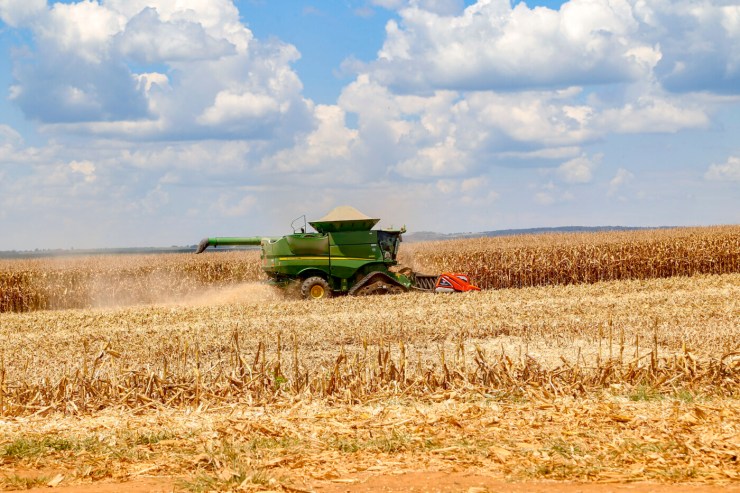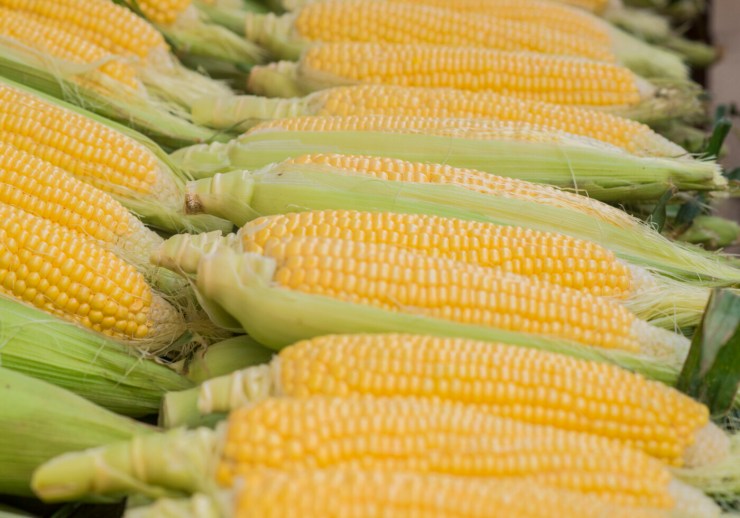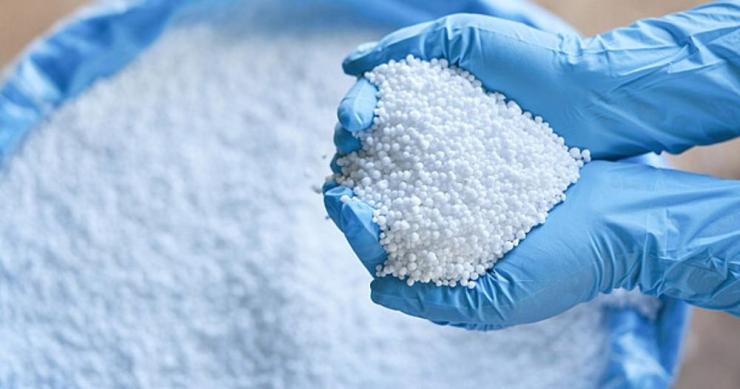After a significant drop in March, corn prices rose again in the first half of April on the international market. On the Chicago Board of Trade (CBOT), prices fell 7% last month, closing March at US$$ 4.54 per bushel. The decline was driven by uncertainties surrounding the imposition of tariffs by the United States and their possible trade impacts.

Photo: Renata Silva
With the suspension of these reciprocal tariffs and the return of focus to market fundamentals, corn recovered in April, with an accumulated increase of 4.2% to date, reaching US$ 4.73/bu.
Among the factors supporting this movement are the expectation of a drop in global stocks for the 2024/25 harvest and the increase in American exports, which have contributed to reducing US domestic stocks and putting upward pressure on prices.
In Brazil, the market followed a different trajectory. In March, corn appreciated sharply, driven by strong demand and uncertainty regarding the performance of the second crop, given the delay in planting in some regions. In Campinas (SP), prices exceeded R$$ 90 per bag on certain days, closing the month with an average of R$$ 88.90/bag.
In the first half of April, prices fell by around 4%, falling to R$ 85/bag. The drop was driven by the normalization of rainfall in the main producing regions, which reduced the risk of productivity losses and brought relief to the market.

Photo: Guilherme Viana
Another factor that contributed to the accommodation of prices was the increase in sales, both domestic and for export, helping to balance supply and demand. Given the good weather performance and the expansion of the cultivated area, the National Supply Company (Conab) revised upwards the estimate for the second harvest, now projected at 97.9 million tons, compared to the 95.5 million previously forecast.
As a result, total corn production in the 2024/25 harvest is estimated at 124.7 million tons, up from 115.7 million in the previous harvest. The second harvest of the 2023/24 cycle alone produced 90.3 million tons. The numbers indicate a promising year in terms of volume, although producers remain alert to market volatility, influenced by external factors and weather conditions in the coming months.




